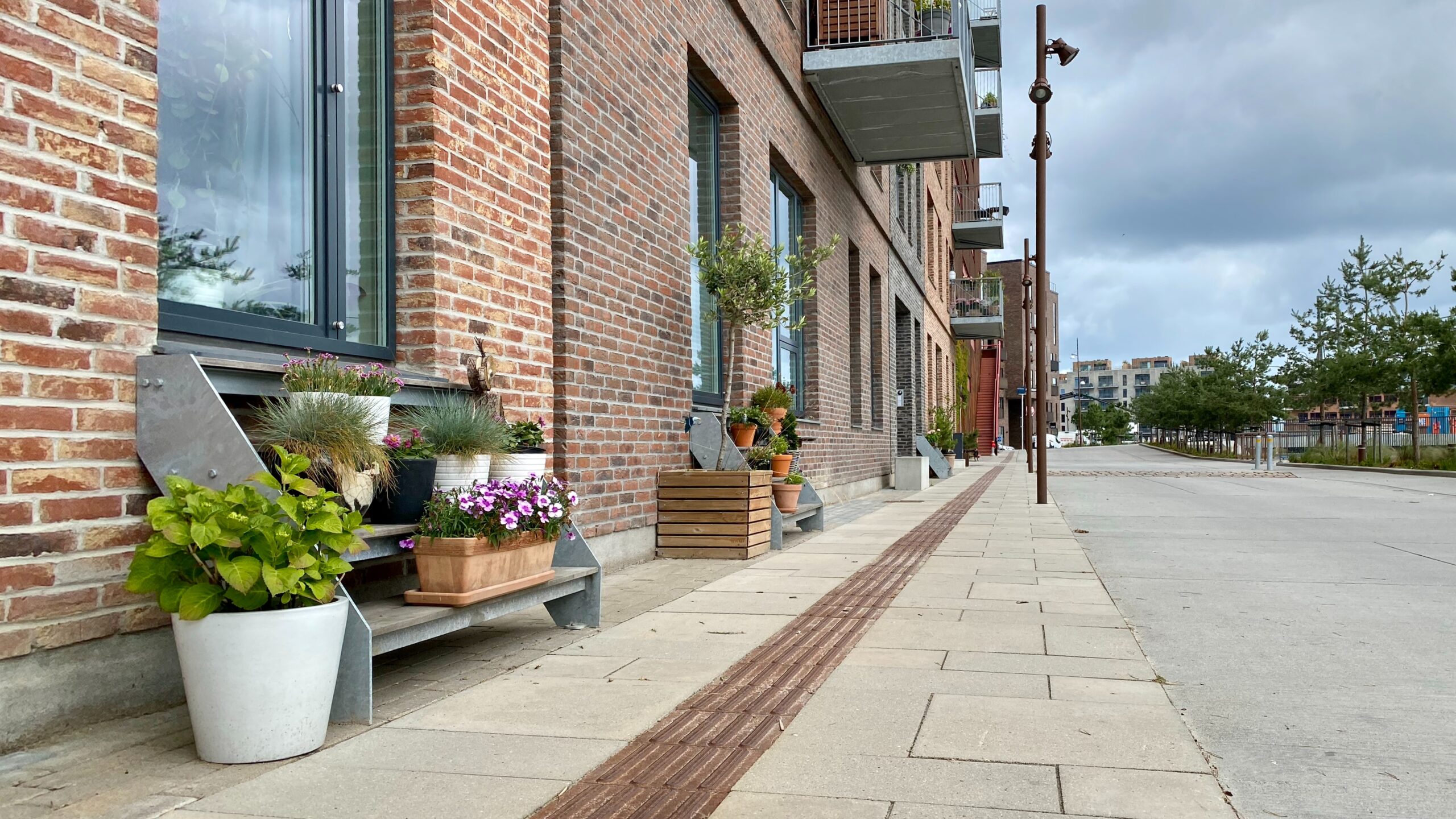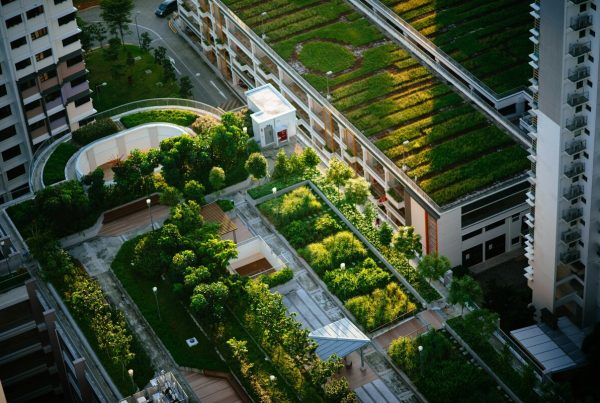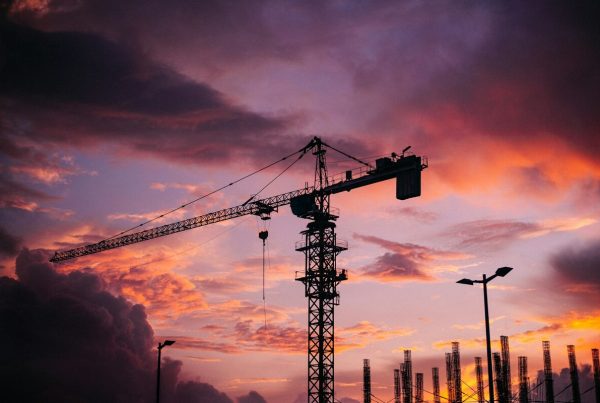Many factors determine the value of a commercial property. The location, condition and functionality are just some things buyers and tenants look for.
Nowadays, there’s another factor that consumers are putting at the forefront. People are consciously looking for sustainable properties. What is sustainable building, and how does it affect the value of commercial properties?
Environmental Impact of Commercial Real Estate
Commercial buildings are everywhere and are a part of everyone’s lives, making up an estimated 5.9 million commercial buildings in America. These buildings include necessary establishments like health care, education, retail and lodging facilities.
People need commercial buildings, but there’s no denying their environmental impact. In 2021, the buildings and construction sector accounted for 37% of carbon emissions globally. Construction takes a lot of energy and resources, and there’s no stopping the rise of commercial properties everywhere.
Construction is just one of many issues. The operation of commercial property also impacts the environment. Commercial buildings account for 19% of all energy consumed in the US. Most of this energy consumption goes to heating and lighting.
However, experts are optimistic. Some predict that energy consumption will decrease through the years due to sustainability improvements.
What Is Sustainable Construction?
The impact of commercial buildings on the environment has been an ongoing concern for both companies and consumers. In recent years, sustainable or green construction has been gaining popularity due to many factors, including regulation and consumer preferences. People want to be eco-conscious and are willing to apply their principles to different aspects of their lives.
Sustainable or green buildings are constructed, maintained, operated and powered through eco-friendly methods. These buildings approach sustainability through different angles to create as little environmental impact as possible. Here are some ways buildings can be considered sustainable:
Construction
Green buildings must use sustainable practices in every step, starting from siting, designing and building.
The building materials must be sustainable, meaning they must come from renewable sources and have less impact on the environment. Sustainability can also apply to the way the materials are constructed and transported.
Moreover, sustainable materials should aid in reducing energy and water consumption and be safe for human health.
Operation and Maintenance
Operational and maintenance are the primary sources of carbon emissions from commercial buildings. The energy source, equipment, water efficiency, lighting, heating and cooling systems all contribute to the buildings’ emissions.
Sustainable buildings usually have renewable energy sources in place. Solar power is a popular choice. Experts predict that by 2050, 45% of electricity in the US will come from solar energy. As more buildings use solar power, more will achieve “net-zero” status, which means the building produces all the energy it uses.
Water efficiency is also a key factor in making a building sustainable. Buildings must use low-flow fixtures and features like sensors. Additionally, buildings can also have greywater recycling systems in place.
Sustainable buildings also use energy-efficient equipment. Everything from lighting to office equipment has to be energy-efficient. As much as possible, all equipment should be Energy Star certified.
Effects on Inhabitants and Surroundings
Sustainable buildings are built with the least possible impact on their surroundings. Construction should not cut trees and other vegetation. It should also not disrupt natural waterways or weaken the surrounding soil.
Within a green building, passive design features should allow natural light, heating and fresh air to come inside. These features will improve the overall well-being of the people inside the building.
How Do Sustainable Construction Practices Affect Commercial Real Estate Value?
Here are some ways moving towards sustainability can help raise the value of a commercial property.
Higher Value
A study shows that 78% of buyers are concerned about the impact of properties on the environment. Additionally, 15% are willing to pay more for more sustainable properties. People want more sustainable choices in homes and properties, and this shift is only predicted to get stronger.
Since people are interested in sustainability, green buildings can observe an increase in value. Research shows that green buildings can be valued up to 25% higher than regular buildings. Sustainable buildings can also enjoy 25% higher rental premiums, making them more profitable than other buildings. The occupancy rate is also higher since people seek more sustainable buildings.
Finally, building owners can enjoy the long-term return on investment as demand for green buildings increases. Sustainable buildings are in high demand and can enjoy higher profits than other buildings.
Lower Operational Costs
Due to energy-efficient and water-saving features, green buildings usually incur lower operational costs. Passive design elements like skylights, energy-efficient windows, natural ventilation systems and water catchment devices help save on energy costs.
Moreover, sustainable energy sources can cut bills down to zero.
Sustainable buildings can also save on repairs and maintenance in the long run. Since the building is made with more sustainable and less expensive materials, repairs and replacement parts can cost less. Plus, if a building is equipped with temperature-regulating windows and ventilation systems, the air-conditioning and heating systems won’t face as much wear and tear.
Risk Reduction
Sustainable buildings can mitigate climate change-related damage. The passive design features and low-impact building methods contribute to buildings’ resilience against nature-related disasters.
For instance, green buildings usually have optimized drainage systems and stormwater runoff management. In the event of a strong weather event, the building is well-equipped to handle the damage. Moreover, some buildings have rainwater harvesting measures so that the stormwater can be used in the future.
This resilience can help lower insurance premiums and increase property value. Investors also look at a building’s compliance with sustainability regulations. They deem Green properties low-risk when it comes to penalties.
Moreover, since consumers prefer sustainable buildings, economic or financial risk is also low.
Tax Incentives
The US government signed laws to incentivize sustainable building. For instance, the Inflation Reduction Act of 2022 includes tax incentives for renewable energy. Another tax incentive is the Section 179D Commercial Buildings Energy Efficiency Tax Deduction. Energy-efficient buildings can get up to $5 in deductions per square foot.
Meanwhile, the Investment Tax Credit offers a 30% tax credit for businesses that install renewable energy sources.
Building a More Sustainable Future
When it comes to commercial properties, the future is moving towards sustainability. People are interested in how their decisions affect the environment. They feel more at ease if their home, office or local mall are sustainably built. This ongoing shift to eco-consciousness has positive effects on the value of properties. The greener the building, the higher the value.











